Sensing, situated, measurable bodies. Anaisa Franco’s creative universe
by Vanina Hofman
Zero: introduction
Two clear plexiglass sculptures in the form of human heads are suspended in space, engaged in dialogue with each other. These machines are able to sense our presence around them, and allow us to join the conversation by sending our own memories via Bluetooth, in the form of audio and visual narratives that they can store and express. Connected Memories (2008) was the first work by Anaisa Franco that I interacted with: I followed its creation process closely, curated it, and wrote about it.1 And I am still interacting with it now. Fifteen years later, I find myself reflecting on Anaisa Franco’s unsettling body of work, which has grown and ramified but preserves the seeds of the underlying tensions—already present in that early interactive sculpture—between the personal and universal, the micro and macro, the physical and virtual, the mass-produced and handmade. Franco’s works contain these dichotomies and, generously, do not resolve them. They express them without consuming them.
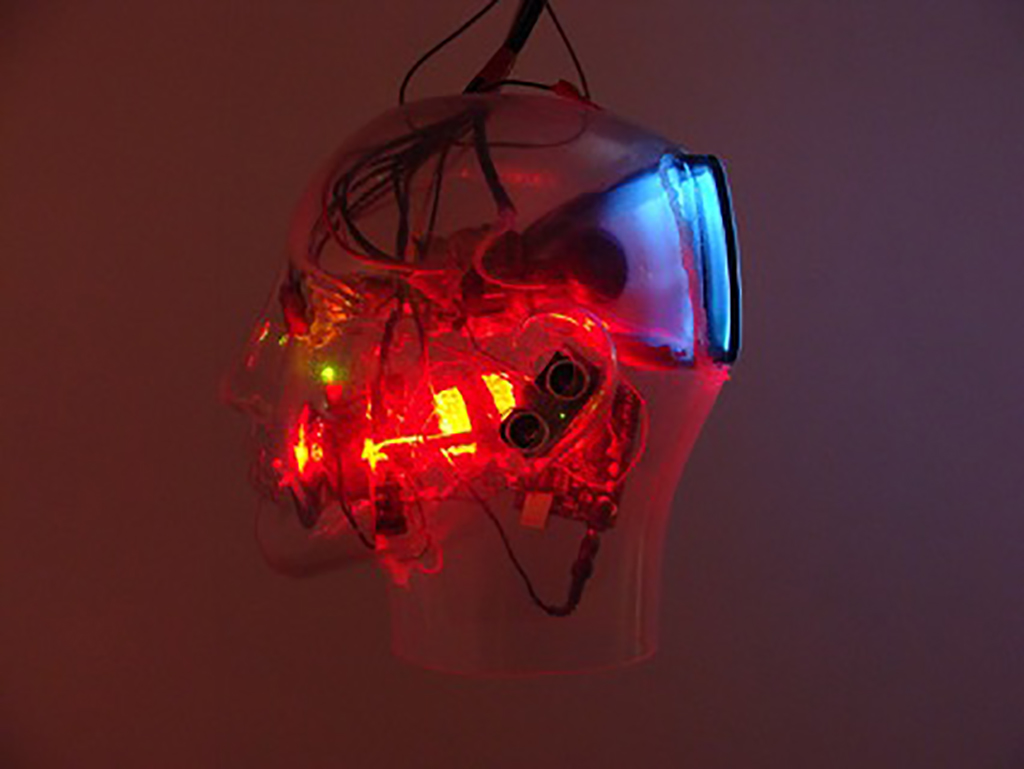
Image 1. Connected Memories (2007).
One: the body that creates
Anaisa Franco describes herself as an artist-architect dedicated to activating public spaces by means of affectivisation processes that amplify the senses of those who encounter and interact with her interventions. Her formal education includes a BA in Visual Arts from FAAP Fundação Armando Álvares Pentead (São Paulo, Brazil) and three postgraduate degrees that reflect her gradual shift from the digital art field to the hybrid territory of sculptural-architectural interventions in public space: an MA in Digital Art and Technology from the University of Plymouth (UK), the M.Arch 1 Master of Architecture from SCI-Arc in Los Angeles (USA) and a Master of Advanced Architecture at the IAAC in Barcelona (Spain).
In terms of developing her work, Anaisa has taken part in more than 14 artist residencies that allowed her to nurture and strengthen her artistic practice in various parts of the world: starting in 2007 with the Interactivos? program at Medialab Madrid—which focused on magic and technology that year—and including a two-month stay in Taipei (Taiwan) two years later and the FABLAB Garagem residence as part of Homeostase back in São Paulo in 2018.
If we add the more than 15 awards, nine solo shows and 110 group exhibitions, we start to get a picture of this tireless, tenacious, plural and proliferate artist. Perhaps it is her plurality and prolificacy that make it so difficult to study her work by categorising it. Any of the usual approaches (format-technology, subject matter, chronology) are bound to fall short, leaving many poorly-connected projects. Realising that the taxonomic approach was doomed to fail, I decided to go back and listen to the recording of our last conversation. That was when I heard her emphatic statement: “I always think of the human body”.2
Anaisa Franco has approached the human body in multiple ways, at first quite literal—the legs in Controlled Dream Machine (2007), the head in Locked memories (2008), the arm in Unreachable Safety (2009), the torso in ThroughOut Breathing (2011) the eye in Expanded Eye that same year, and the fingers in Alienated Routine—, gradually becoming more abstract and dissolving into organic forms, as in the iconic The Heart of the City (2017). Together with the literal and/or poetic representation of bodies, Anaisa Franco’s work always includes the bodies of those who interact with it. Her pieces need bodies that participate, observe, dialogue, or even allow themselves to be measured. Perhaps these audience bodies are the ones that are essential to her poetics.
It is through these bodies—all of these bodies—that I will attempt an overview of Franco’s body of work.
Two: the literal body
Anaisa Franco’s early interactive installations in the field of technological art revolved around the body, or fragments of the body. She began by working with the body in a literal way, trying to expand the boundaries of its possibilities through interaction: these are works that do not exist unless an observer interacts with them, and that aspire to a responsive dialogue with audiences. The drawings that accompany many of these works—or that make up the work itself—support the convergence between hand-made and algorithmic production in Franco’s work.
Franco does not usually make this material hybridity the subject matter of her work: it is part of her poetics, her practice, her modus operandi. But one of her pieces, Suspended Reality (2009), does explore the subject directly. It is a video installation designed for a three-metre-high clear cylinder (or aquarium), filled with smoke, through which three video (and five audio) channels are beamed, projecting moving or suspended human figures and light compositions filmed with a helicopter in the city of São Paulo. Between the lights, the smoke, and the overlapping projections, the bodies become phantom-like, making us think about transitions between physical and virtual dimensions. Likewise, they connect the realm of the micro (the body) and the macro (the city), a link that is more explicitly visible in Floating Land (2010). This instillation consists of two spheres—one with 73 RGB LEDs and another with 94—, which produce images rotating at high speed, the first of a floating woman, the second of her city. The same tension between macro and micro resurfaced in Franco’s work with great conceptual clarity a few years later.
An aside: I’d like to emphasise that this work (and many others) acknowledges other bodies in addition to those in the artwork and the audience—the bodies of Anaisa’s countless collaborators. Bodies and tasks that are often kept out of sight in the art world, as are the processes that allow artworks to come into being. Contrary to this, Franco shows the “making of” wherever possible. Her bodies are rooted in particular practices and specific environments, and they collide and become entangled with a series of technological devices that are not hidden from view.
Going back to literal bodies, there is the Psychosomatics series of “emotional sculptures”, in which Franco explores states such as anxiety, fear, hysteria, confusion and shame. And there is also the interactive installation Frustration (2012), consisting of a digital mirror (42-inch LCD screen), in which the image of the person looking at it shatters into hundreds of pieces and then disappears, with an image and sound like breaking glass. This image smashed by the algorithm leads us to bodies in transition: bodies that evolve, fluctuate, and allow Franco to explore human beings and their new forms of life.
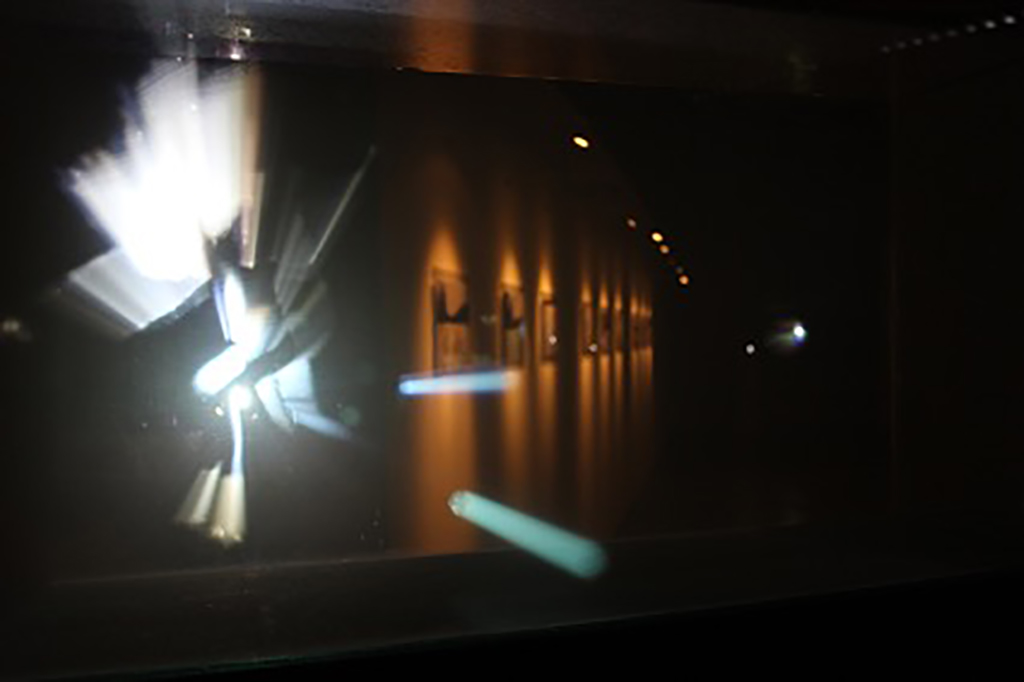
Image 2. Suspended Reality (2009). Project funded by MIS | Museu da Imagem e do Som, São Paulo.
Two: bodies in transition
At the same time as the representation of the body gradually broke free of its literalness, Anaisa’s work moved away from intangibles such as memory and psychology and began to delve into material life on different scales.3
Onirical Reflections (2014) was the first in a series of works exploring bodies that are able to morph, and the potential of certain technological devices to materialise our speculations, such as “how would we be if…?” This interactive sculpture uses the human face as a canvas, or as an architectural space on which to map new dimensions. As Franco says, “Our face carries five senses, it is the part of the body through which we interact most with the world”. So how would we feel if a “sixth sense” were added? This work (like the earlier Frustration) uses the gesture of looking in the mirror (an actual mirror in this case), but instead of being presented with a shattered image of ourselves we see light, patterns and animations projected onto our faces, expanding our senses like the psychedelic experiences these reflections sometimes resemble. A monumental façade version of this work from the same year, Onirical Reflections Façade, adds the public realm to the mix: a seventh dimension?
Perhaps it is in the sphere of bodies in transition—particularly Devenir: an interface gender fluctuation (2015)—that the (techno)political side of Anaisa Franco’s work emerges most powerfully. Behind the cloak of oneiric expansion and playfulness, her work is grounded in a specific approach to the use of technologies, which can be understood in terms of assemblage. Essentially, she turns to co-production and shuns determinism of any kind. Her work also suggests an alignment with art’s ability to open up new perspectives, which are explicit and transparent in Devenir.
This installation—which is conceptually based on the works of Beatriz/Paul Preciado—explores the issue of transsexuality, allowing viewers to experience their potential gender fluidity through an interactive interface that alters their faces and voices. While the mirror displays altered reflections of their faces that do not conform to binary social codes—which the piece seeks to deactivate—viewers can watch a documentary based on interviews with transsexuals. Fittingly, the exhibition of this work is accompanied by a quote: “We are all post-operative loose bodies that transsexualize us. We are more or less operated by very specific social technologies” (Marie-Hélène Bourcier).4
This potential for fluctuation is taken furthest in Pregnant Man (2018), a sculpture of a male figure of 20mm laser-cut layers of wood, on whose belly video testimonies of transgender men who have gone through the process of pregnancy in Brazil, USA, Argentina, Venezuela, Canada, Israel and the UK are projected. In Franco’s words, “the ‘pregnant man’ phenomenon opens the door to more possibilities of human reproduction, and reconfigures cultural patterns in the age of biotechnology”.
In Franco’s bodies-in-transition the technological world ushers in new experimental horizons. But the consequences of moving towards a materially symmetrical world emerge in the biometrically measurable bodies that we will look at in the next section. A gentle, subtle form that is never obvious, blatant or explicit.
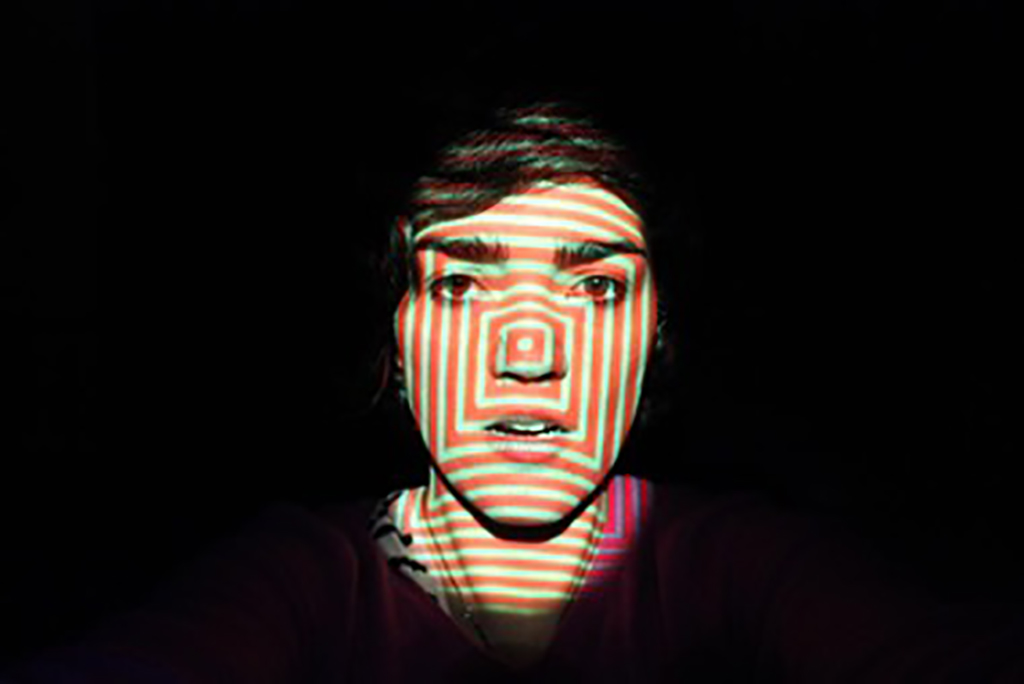
Image 3. Onirical Reflections (2014), in collaboration with Jordi Puig.
Three: measuring the body
The question of biometrics first appeared in Franco’s installations in Heart Dialogue (2014). This small work—in the shape of a human heart—allows audiences to interact by means of a sensor that records the pulse in the index finger and translates this data into the form of rhythms of light.
Franco produced a public art version of this sensing object, which was installed between May and June 2015 in Sydney, Australia—Heart of the City (2015) also takes the form of a heart, but on a larger scale, inviting passers-by to interact by sitting on it and placing their index finger in the opening provided for the purpose. This plugs them into the installation, which then reflects their heartbeat in patterns of light. Unlike the more intimate connection in Heart Dialogue, the Heart of the City seeks to generate a shared space, in which we can offer our own heartbeat to others. Anaisa has mostly concentrated on creating these kinds of interventions in public environments, on an increasingly large scale. Another example is Expanded ID (2018), in which the space is morphologically connected to the subject matter explored in the work, with people invited to sit down and interact with their hands (specifically the index finger). In this case, colourful, enlarged images of the person’s fingerprints are projected onto the space surrounding the installation.
In 2022, the survey exhibition Reshaping IDs | Connecting Realities, held at the Centro de Arte Caja de Burgos (CAB), brought together a series of works that revolve around the way body biometrics can be used to exercise control. The exhibition included the installation Selflection, in which the focus is again the face (as in Oneiric Reflections, Frustration and Gender Fluctuation). In it, visitor-interactors scan their faces using a device located in the middle of the room. The files are then compiled and projected onto a wall, which displays the floating unembodied faces of those who enter the museum, without any context… by their own choice. This work, Franco says, “serves as a metaphor for the uncritical use of selfies and the consensual but unmeditated lack of privacy it entails”.
As well as Selfection, the exhibition featured Expanded Iris, a work along the same lines as Expanded ID, but on a small or intimate scale; Entanglements, a parametric sculpture based on DNA crossovers; and Mutations, another parametric sculpture, in this case based on SARS CoV-2 molecules.
Space Iriscope ventures even deeper into the face, all the way to the iris. The installation invites visitors to look through an instrument that resembles a telescope, based on scanning, processing, and 3D prints of the human iris. The quasi-telescope functions as a scanner that records the user’s iris, processing it and projecting the resulting images, which are reminiscent of nebulae and constellations. It is in this installation and in Circulatory System (2017) that the relationship between the micro and macro—which had been hinted at years earlier—emerges in all its power: an iris in the image and likeness of a galaxy, and the human circulatory system as a small-scale version of the air transport system.
Franco’s visually poetic and emotional bodies are at odds with the numerical and algorithmic source of the data that give rise to them. Combining the two allows for interaction, and at the same time the spaces they are installed in are affected and affectivised. Because in the end, the technological paraphernalia is not there for its own sake, but in order to create life.
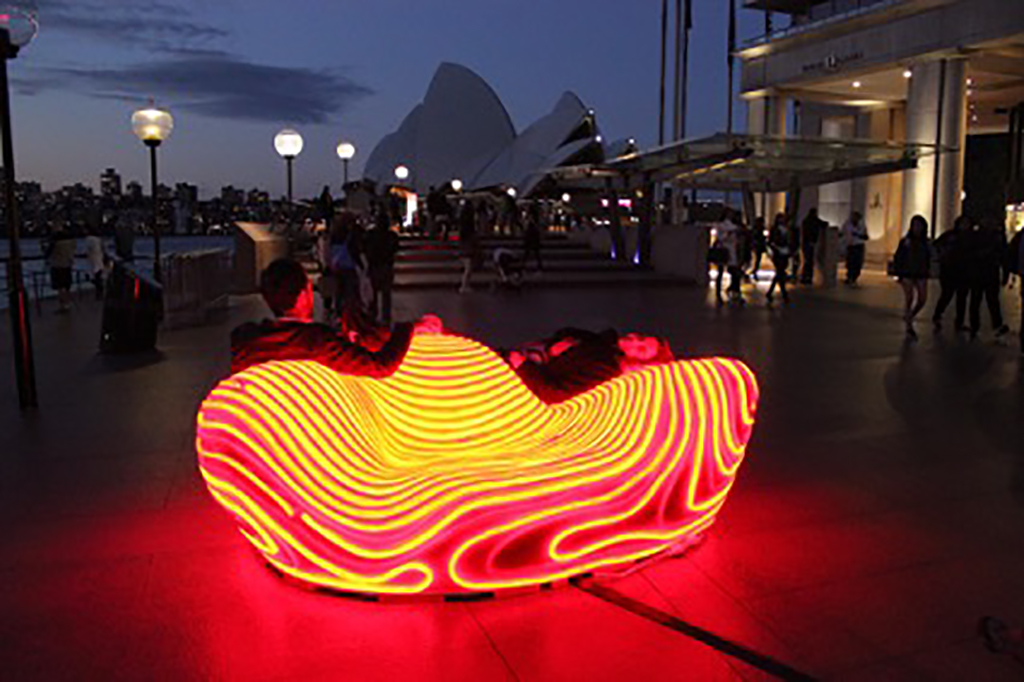
Image 4. Heart of the City (2015). Commissioned by VIVID SYDNEY 2015.
Four: the body’s environments
Together with the human body, another core theme running through Franco’s creative work is nature: bodies embedded in their environment.
Anaise’s current focus on public space began with the invitation to produce the installation Wave of Rainbow in Hangzhou (China) in 2012 as part of the 4th Westlake International Invitational Sculpture Exhibition. The installation is site-specific (i.e. conceptualized and produced for a particular site) and consists of two rows of fourteen clear acrylic tubes facing each other, forming a kind of corridor. As visitors walk through this corridor they activate sensors that trigger the tubes to fill up with water dyed in the seven colours of the rainbow. A new version of this work was presented in Paris in 2020, with the tubes replaced by jets of water that created an arch. In both versions, the artistic intention is to create a space of fantasy, in which audiences enjoy the sense of being inside a rainbow. “It was also conceived to promote harmony between technology and nature”, Anaisa Franco says, an idea that is also behind the 2022 environmental work Infinite Rainbow (in collaboration with Michelle Geilinger). Installed in Lake Zurich, this piece consists of a glowing arch (made of PVC tubes and LED bars), which meets its reflection in the water, so that, before the eyes of the audience, it becomes an infinite half-fluctuating, materially heterogeneous circle.
When talking about technology and nature today it is inevitable to consider key issues such as the sustainability of the planet. In another public artwork entitled Green Wave (2021), Anaisa Franco addresses these issues poetically through the lens of “invention as second nature”. This installation consists of a wave-like structure made from upcycled plastic bottles and equipped with an embedded solar-powered lighting system. The structure contains and nourishes plants, and people can walk through it, linger, and even take shelter underneath it. The organic sculptural shape interacts with life, and can be used by communities to encourage ecological dialogue on site. A new project along similar lines entitled Upcycling Wave (in progress, 2023) is based on the large-scale recycling of soda cans.
In 2016, a few years before Green Wave, Anaisa Franco installed the project Sweet Reflection: a digital kitchen to eat your selfie. Although this public-oriented work was one of her first to use the parametric design that has become her hallmark to this day, conceptually it seems to owe more to gallery works such as Externalizing Data (2014), Your wave of Happiness (2015) and Love Synthesizer (2020), in which entertaining audiences is a direct objective. Sweet reflection (in collaboration with Rodrigo Waihiwe) was a honeycomb pavilion in which the faces of visitors were digitally mapped and then 3D printed in the form of chocolate pancakes. As the title indicates, people could literally eat themselves, or others, in a tangential reference to anthropophagy, a radical concept in Brazilian thought.
All these works have a playful dimension, which smoothly brings us to the subject of Anaisa’s strong sensitivity to people and to the emotional dimension connecting them to their environments. This aspect is intensified in her permanent public installations: Trinity Loop (2022) and two works in progress, Embraced Loop, and Vibrant Meridian.
Trinity Loop—which is formally reminiscent of Entanglements (2022)—was developed for a children’s park in Ireland. A comprehensive investigation of the site allowed Anaisa to design the installation around the Celtic symbol of the triquetra (which symbolizes birth, death, and reincarnation). The result was an organically shaped climbing frame made up of interconnected hexagonal elements, produced using parametric design.
Franco’s in-depth investigation of the future sites of her permanent public space artworks is also a feature of Vibrant Meridian, a project for a roundabout on the Marcy-SUNY Parkway development in New York State (USA). Visually, the work is inspired by the semiconductors used in the Marcy nanotechnology centre, resulting in a structure based on horizontal and vertical steel rods painted in a gradient of complementary colours. The sculpture will vibrate and come alive when cars drive alongside it.
One of the main lines of Anaisa’s ongoing practice is public art, permanently embedded in the spaces that she seeks to explore in order to modify and transform them affectively. Embraced Loop—in collaboration with Michael DiCarlo, soon to be installed in Phoenix Park in Dublin (Ireland)—will be a national HIV and AIDS memorial. The structure will be made out of rust-red steel panels, and based on an abstraction of the AIDS symbol of the red ribbon. As in the case of Green Wave, it will create various spaces in which people can rest and find warmth and community. This project shows Anaisa’s mastery and ease in resolving large-scale works in public spaces, which comes through in the short but assured sentences of her design statement, such us: “We ensure that the artwork as the measurement for the entrance door is accessible to people with disabilities, meeting the requirements of Section 29 [Access to Heritage Sites] of the Disability Act 2005 published by the National Disability Authority”.
Just as the use of parametric design and digital fabrication played a key role in allowing her to embrace other models of visuality, the shift to large-scale public works—especially permanent public art—is a complex line of work to continue to develop, full of potential: a convergence of the themes and poetics of her journey so far.
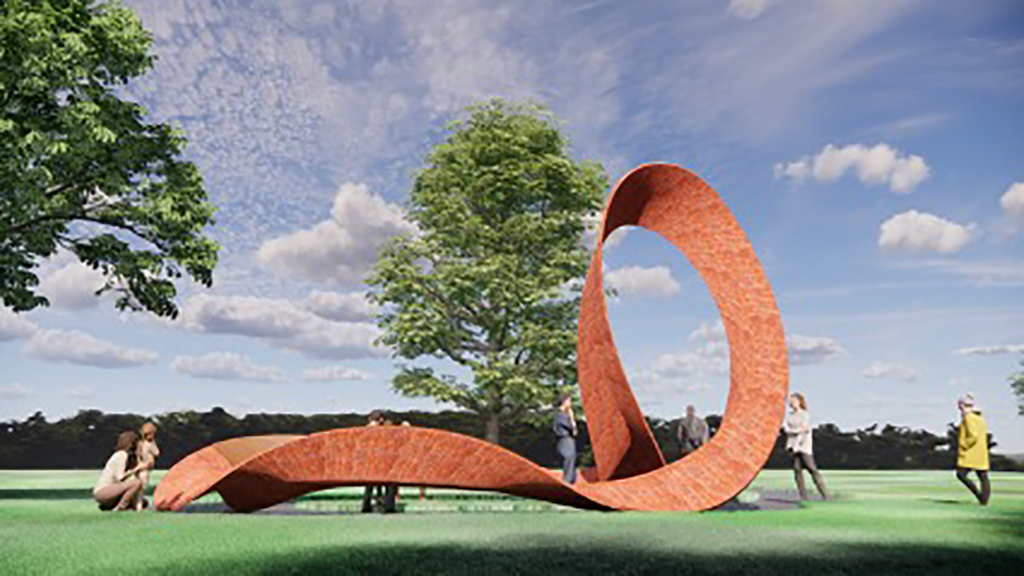
Image 5. Embraced Loop (in progress). Winner of an international PublicArt competition.
End: poetic corpus
Anaisa Franco currently divides her practice between installations and public art, but constant interconnections run through her oeuvre. An overview of her work through literal bodies, bodies in transition, and measurable, situated—always poetic—bodies reveals some of her core themes, recurring issues, materialities and expressive tactics that emerge again and again but never repeat themselves. Her works, even those that are not site-specific, cannot be understood outside of the spaces in which they are installed and which they continue act upon, affectivising, mobilising and dismantling them.
Through her projects as an artist with the eye of an architect—a designer of material illusions—Anaisa explodes many theoretical dualities such as those mentioned at the beginning of this text: intimate-universal, physical-virtual and industrial-artisanal, to which we can add another that pervades her entire practice: nature-technology.
It is not easy to conclude this journey through a body of work that is alive and in changing. A body—my own—that is very different from the one that interacted with Connected Memories over fifteen years ago, is now searching for a few lines to do justice to Anaisa Franco’s creative universe. But only images appear: the colour of rust, the sense of a single private-public space, the invitation to shelter under Embraced Loop. And I realise that despite the distance and discontinuities, I have the same gut feeling as I did when I looked at two acrylic heads remembering: the sense that this is the work of an artist capable of creating a more human environment.
- Anaisa Franco developed Connected Memories during the Expansión Digital residencies that I coordinated in 2008 and 2009. We installed her work at L’Estruch (Sabadell, Catalonia) as part of the exhibition Continuum Electronica, and we explored approaches to its conservation in “Album inestable: un acercamiento a la conservación del arte electrónico”, published in Arte Electrónico/Entornos cotidianos, Papers per a Debat no. 5. Sabadell: FUNDIT, 2007.
- All quotes and references to statements by Anaisa Franco are either from the author’s interview with the artist on 31 January 2023 or from the artist’s website.
- La cita textual de Marie-Hélène Bourcier se recoge en este texto tal como la publica Anaisa Franco en su web: Anaisa Franco Studio, disponible en: https://www.anaisafranco.com/devenirinterface (consultada el 23 de abril de 2023).
- Anaisa Franco’s work poetically explores the socio-technological world’s lack of a fixed and immutable scale, which means that those who interact with it experience the continuities and analogies of the micro and macro. Transcending this and other dichotomies places her work alongside the ideas of many authors working in other fields of knowledge with similar insights (e.g. the field of STS studies, actor-network theory (ANT), object-oriented ontology (OOO) and media archaeology, to name a few).
- Marie-Hélène Bourcier is quoted here as published by Anaisa Franco on her website: Anaisa Franco Studio, available at: https://www.anaisafranco.com/devenirinterface (accessed 23 April 2023).